Consultancy Case Story
We live in a digital age. The 4th industrial revolution, often also referred to as the first digital revolution, has fundamentally changed the role of software for (both consumers as well as) businesses. Software has become a fundamental function and necessity in most companies. This overwhelming role and importance of software pose leadership and management challenges, as there is a far-spread lack of understanding and overview of the IT infrastructure on management level. Meanwhile, the pace and scope of technological development are making the IT infrastructure grow and become more complex, which creates a greater dependency.
SMT Data is a Danish software solutions’ and services’ company that has set out to tackle this problem. They help larger Danish and international companies to optimize their IT capacity and performance and understand how IT capacity costs relate to business value. The company is headed by Nils Kierkegaard, who has made it the company’s goal to provide transparency into the relationship between IT capacity cost and business activities while controlling expenditure and improving operational performance – or, to put it as simple as possible: which IT activity costs the company how much and where is it possible to save cost. “Thereby,” Nils estimates, “we save a company on average 15-20% of their IT capacity-related costs within the first 12 to 18 months of collaboration.” The maturity of their IT Business Intelligence has separated them from their competitors – for now.
Is It Going Well? Might Be Time to Rethink!
SMT Data could happily settle with the current success of its IT Business Intelligence solution and concentrate all resources on its optimization. But Nils lay the focus on the future. “In spring 2018, we had achieved some important goals we had set for ourselves,” Nils says, “we had success, but we also know that there is a day tomorrow. So, I thought to myself, let’s go into a new direction.”
In the summer holiday of 2018, Nils read the Dreams and Details book, which offered him the transformational strategy model he had been looking for. “I was 100% sold,” states Nils, “it is a comprehensive leadership model, but more importantly it encompasses strategy and organizational development.” With an increasing speed of innovation and digital development, as well as tougher global competition, companies are under evermore pressure to continuously look for new, innovative directions to take. They have to reinvent themselves – from a position of strength.
Setting the Stage for Dreams and Details
Coming back from summer holiday, Nils brought a book for everyone in the management- and the board team. They were told to read it thoroughly. Simultaneously, he arranged meetings to reflect on how it relates to their issues and organizational context. Although both management and board agreed on relying on the Dreams and Details model for a new strategic direction, they also concluded that the organization was not yet ready for the model’s implementation.
“Preparation is crucial,” Nils stresses. “The organization has to be ready for Dreams and Details before you can implement it.” For SMT data, this meant starting a communication process to align the mindset across the organization and to create an increasingly collaborative environment. It also meant enhancing the team with new consultants and developers to extend its capabilities and capacity. The company appointed a new development manager, as well as an operational manager. They were to accelerate a movement towards the new directon and translate technical expertise into value for the customer spurring innovation amongst staff.
The Road to Reinvention
Nils then invited Mikael Trolle, co-author of the book and CEO of the Dreams and Details Academy, for a seminar for management and board. In this meeting, they would collectively discuss the model, its relevance for SMT Data, and how to approach the process of implementation. For Nils, it was essential that Mikael was part of the whole process: “Mikael was great at setting the stage – to explain how the world is changing, how the digital revolution impacts what’s happening, and how that calls for the reinvention of businesses, even though they are successful.” Based on that seminar, Nils and CTO Steven Thomas created the Dreams and Details strategy map for SMT Data’s reinvention.
After the strategy was developed, everyone in the organization received a copy of the book to read through. This, in turn, was followed by a kick-off meeting for all employees, again including Mikael, to explain the background of the model, the need for a new direction for SMT Data, as well as what this new strategic model means in practice for the company.
Throughout the whole process, from preparation to everyday matters, continuous communication through a Dreams and Details lens was of immense importance for Nils. He sent weekly emails with a D&D perspective, established 1-on-1 meetings with all employees, as well as daily stand-up meetings for the whole team. “Everyone in the organization has to be involved and support the strategy 100%,” stresses Nils, “and the only way to do that is through consistent communication.” Through such a consistent communication structure, Nils achieved that everyone within the organization was fully on board with the strategy, knew what it meant for them, their own role for reaching the dream, as well as it engrained a shared mindset and framework from which to act.
Innovation and Customer-Centricity: The Dynamic Change of Seasons
While SMT Data continued optimizing their trusted and proven IT Business Intelligence solution, they concentrated the main effort on developing their future. “Internally, we call it ‘Brain to Technology’ or B2T-project,” shares Nils with us, “which means that we are transferring the expertise of our developers and consultants right into the software by using Artificial Intelligence and Machine Learning.”
With this new project, SMT Data aims to take customer centricity to the next level. The plan is to closely collaborate with partners and clients to develop a solution that is sure to meet precisely the demands and needs that organizations will have in the future. “One of the issues our customers are facing, is that they don’t have the experts that we have,” explains Nils, “We will deliver a solution where the software itself will take over part of the expert role, do the analysis, and present the results to the client.” In that way, clients will not be so dependent on the expertise of SMT Data employees, but will increasingly rely on the software, as the expertise will be built into it.
By optimizing their proven solution, while concentrating the development of a new and innovative solution, SMT Data is an excellent example of a ‘dynamic change of seasons’. The company utilizes the maturity and value of the current IT Business Intelligence solution to serve clients, while at the same time developing a solution that will respond to customer demands and needs in a future defined by digitalization. They build their future by reinventing the organization while optimizing their current solution for as long as it is relevant for their customers.
How to Succeed – Roundup
Based on his own experience, Nils offered several recommendations for a successful transformation through the implementation of Dreams and Details.
- Continuous communication is crucial. For SMT Data, Dreams and Details has not only become a leadership- and organizational strategy model but also a communication model. It has become a perspective and a vocabulary through which organizational members communicate to ensure anchoring the new strategic direction, the dream, the framework, and the mindset within the organization. It also ensures that every employee understands every aspect. This recommendation matches our own experience of how important communication is to ensure that everybody is on board, knows his role and responsibilities in achieving the organizational dream.
- Establish alignment within the whole organization. Alignment within the entire organization is crucial; everyone has to be on the same page to reinvent the organization successfully. Furthermore, everyone has to understand and translate the new direction and similar to their own field of expertise. One fundamental part of creating alignment is that the organizational dream and leaders need to inspire the employees. Furthermore, the mindset and framework have to support the leader in enabling and empowering the employees.
- Anchor the mindset & model within the whole organization, from board to management to employees. Dreams and Details has to be a consideration and primary focus in every decision. The new direction and strategy have to be 100% supported: Driven by the board and management, as well as understood and embraced by the employees. The support of the board and management is essential for genuinely rethinking the direction and reinventing an organization, the same as, as the previous point explained, alignment within the whole organization. Only if management and employees fully engrain the new mindset can it guide the organization collectively into the new direction.
- Be truly customer-centric. For Nils, the most important is to have the customer in mind when trying to find a new direction. Where/how can you create true value for your customers? What might their future needs or demands be? To answer these questions, it can be highly beneficial to involve partners or clients in the development process – that way, they co-create the value in a way that is meaningful also for them and sure to be relevant for them.
- Be ambitious – but realistic. Ask yourself what you can/could be. Consider the current and potential changes in your industry and adjacent industries, ask yourself how those will change the landscape, and contemplate how you can actively shape and co-create the future for your customers. Dare to dream – but be sure that the dream reflects a highly ambitious and inspiring version of reality and not utopia.
- Your Dreams and Details Model has to be dynamic. It will not be enough to develop a Dreams and Details strategy map for your company once and then statically stick to it. Just as the model itself suggests, as an organization, you have to change seasons repeatedly and dynamically. This means that the way you apply the model to your organizational context will also have to change, over time, to make sure it stays relevant in changing times.




